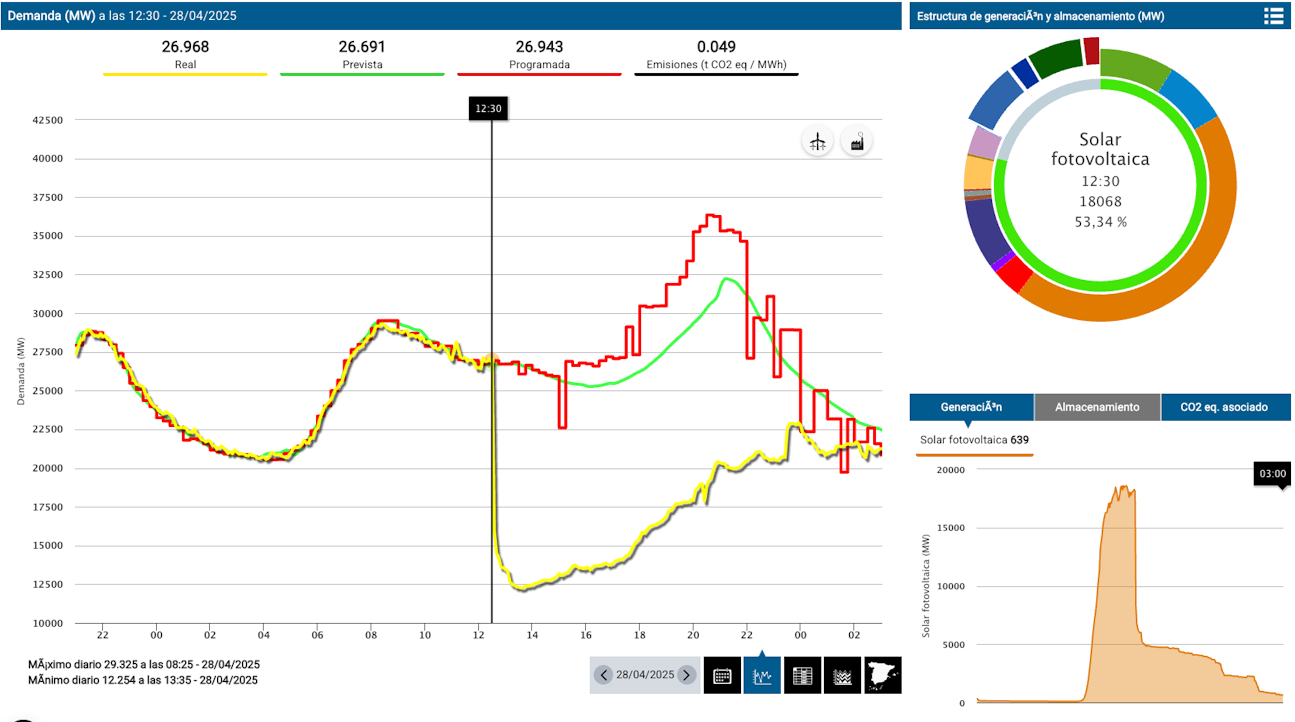- Solar energy blog
- Understanding the Iberian blackout: A complex grid failure beyond renewables
Understanding the Iberian blackout: A complex grid failure beyond renewables
Explore the causes of the 2025 Iberian blackout and why it's more than just a renewables issue. Learn what’s next for grid stability, read now.


Jeremy Vickerman
Senior Content Manager
Senior Content Marketing Manager at RatedPower with extensive experience in content strategy, production, and communications. Over a decade of expertise spanning marketing, recruitment consulting, and public relations across the UK and Spain, with a strong track record in driving brand visibility and audience engagement.
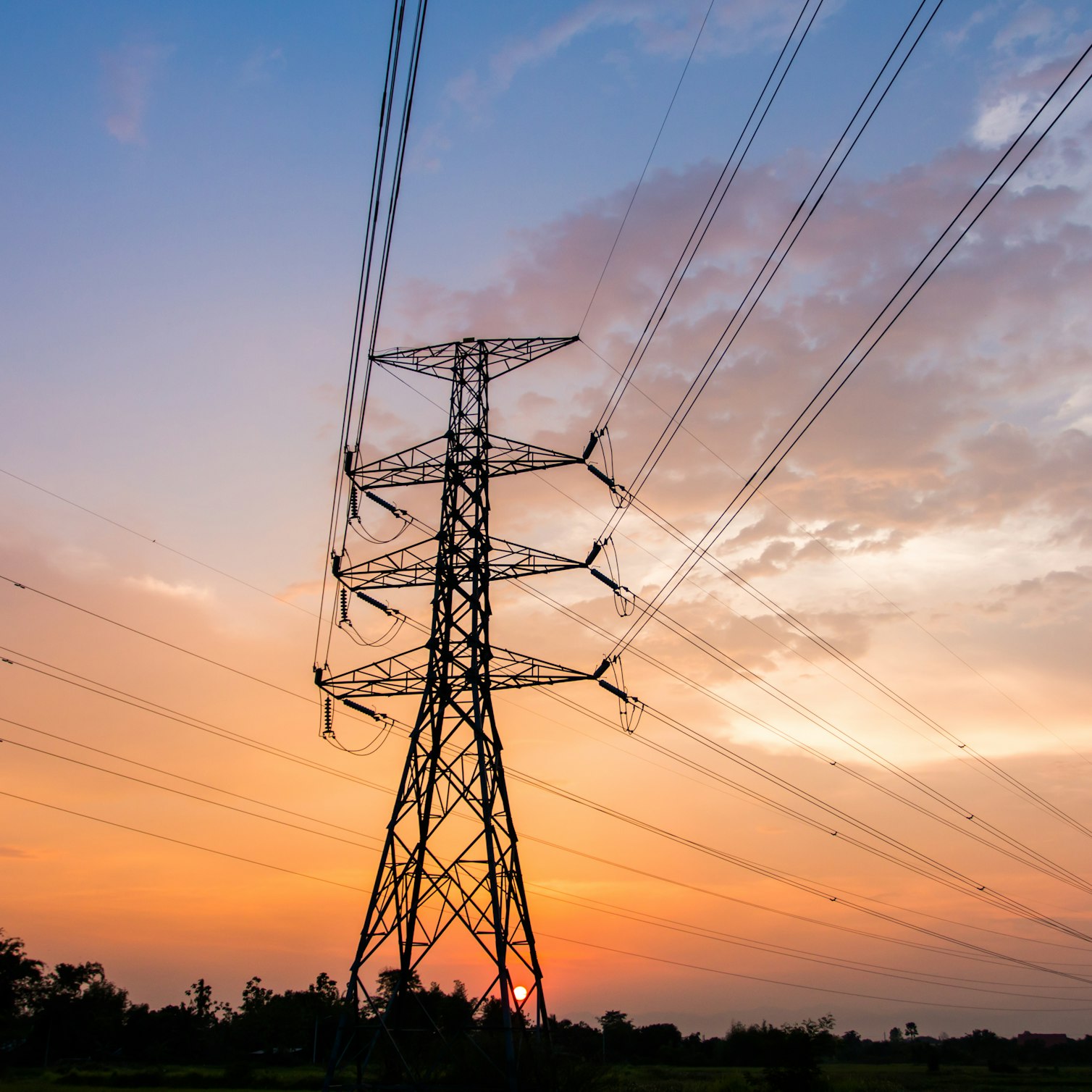
On April 28, 2025, Europe experienced one of its most severe power outages in recent history, affecting Spain, Portugal, and parts of southwestern France. At approximately 12:33 CEST, a sudden and massive drop in electricity generation occurred, leading to a cascading blackout that left millions without power for up to ten hours. Initial investigations suggest that two major generators abruptly disconnected from the grid, triggering a series of protective measures that caused power plants across the region to shut down in cascade, regardless of the electricity source. This led to a total loss of around 15 gigawatts (GW) of electricity supply.
While the exact cause of the blackout remains under investigation, it has led to many pointing the finger at a range of energy sources, including renewables, particularly solar and wind. Critics argue that the lack of inertial response in these systems makes them more susceptible to such failures. However, a closer examination reveals that the issue is more complex and involves multiple factors beyond the share of renewables in the energy mix.
What Is Inertia, and how can it help stabilize the grid?
Inertia in the context of power grids refers to the momentum of rotating masses, such as those found in coal, gas, nuclear power, thermal, and hydroelectric generators, that allows them to continue despite sudden changes in frequency. These rotating masses act as a buffer, absorbing and releasing energy to maintain a stable grid frequency. When there's an imbalance between electricity supply and demand, the frequency of the grid can fluctuate. In systems with high inertia, these fluctuations are dampened more effectively, allowing for a more stable grid.
Traditional power plants, like coal, gas, and nuclear, provide this inertia due to their spinning turbines. However, renewable energy sources such as solar and wind power are typically connected to the grid through inverters, which do not provide the same mechanical inertia. This absence has led to concerns that grids with high shares of renewables may be more prone to frequency instability and blackouts.
Would conventional power sources have fared better?
While the lack of inertia in renewable energy systems is often cited as a vulnerability, it's important to consider whether conventional power sources would have been more effective in preventing the blackout. At the time of the incident, Spain's electricity mix included approximately 53% solar, 11% wind, 10% nuclear, and 9% hydroelectric.
Notably, nuclear plants also disconnected during the event, despite their inherent inertia. This suggests that the blackout was not solely due to the absence of inertia but rather a combination of factors, including the simultaneous disconnection of multiple large generators and the grid's limited capacity to absorb such shocks.
The role of batteries and grid stabilization technologies
One of the key lessons from the blackout is the critical need for advanced grid stabilization technologies. Battery energy storage systems (BESS) can play a pivotal role in enhancing grid resilience. These systems can rapidly inject or absorb power to stabilize frequency fluctuations, effectively mimicking the inertia (synthetic inertia) provided by traditional generators. Investing in these technologies is essential to ensure that the transition to renewable energy does not compromise grid reliability.
Download "Driving Profit with Battery Storage: The Top Regions for Arbitrage Investment eBook" to discover the most lucrative BESS arbitrage regions and take a closer look at the market dynamics and regulatory factors driving their growth.
A multifaceted issue requiring comprehensive solutions
The Iberian blackout was a complex event with multiple contributing factors. The simultaneous disconnection of multiple large generators and the vulnerabilities of the Iberian Peninsula's power infrastructure all contributed to the widespread outage.
This incident underscores the importance of grid modernization. Investments in advanced grid stabilization technologies, a review of regulations and procedures, and comprehensive planning are essential to prevent similar events in the future. A more nuanced understanding is necessary to develop effective strategies for ensuring a reliable and resilient power supply as Europe continues its transition to a low-carbon energy future.
While the blackout highlighted certain vulnerabilities in the current grid infrastructure, it also provided valuable insights into the complexities of modern power systems. Addressing these challenges requires a balanced approach that incorporates technological innovation, strategic planning, and a commitment to building a more resilient energy future.
2025 Trends: Renewable Energy & Solar Research Report
Get key insights and data from an industry-wide survey and solar simulations on the RatedPower platform. Download now to uncover critical trends and challenges shaping the future of renewables.
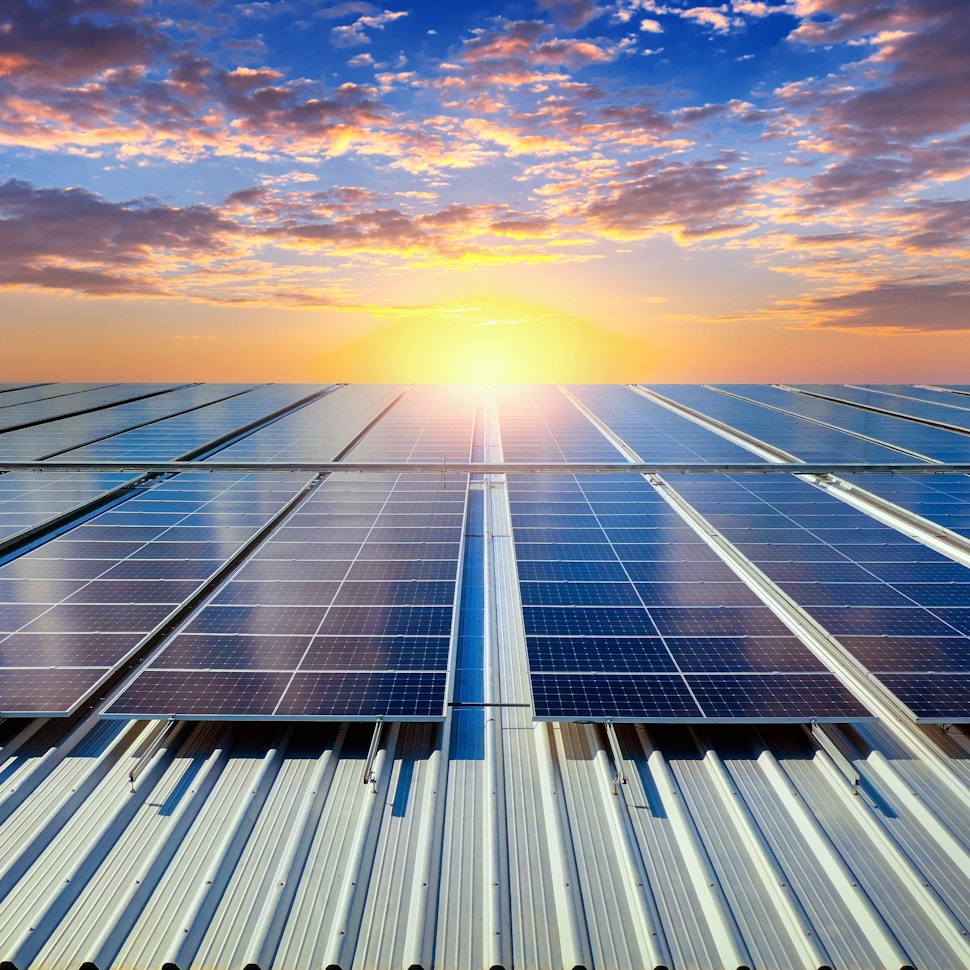
Latest stories
Related posts
Market analysis
Powering through the peak: Why solar + storage is gaining momentum in MENAT
Discover how MENAT is building a functioning solar economy and why rising peak demand during extreme heat is squeezing its energy architecture.
Updated 11 DEC, 25

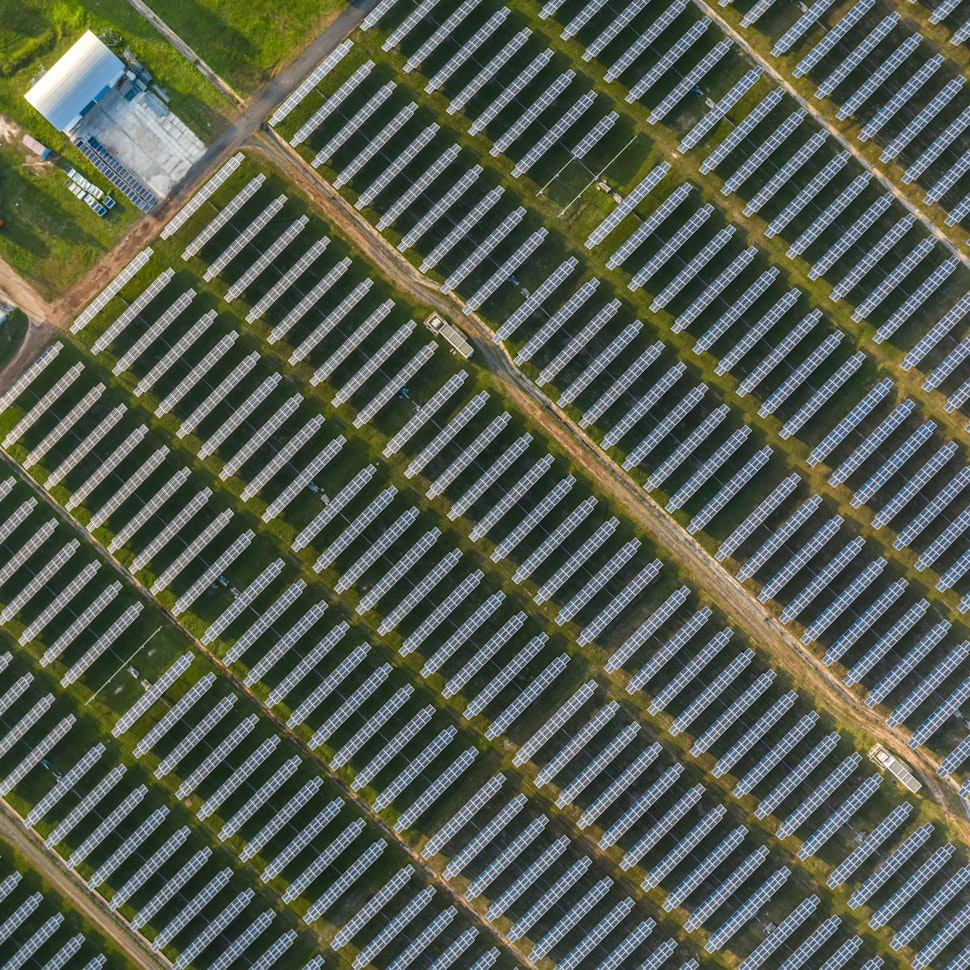
Market analysis
The rise of utility-scale PV + storage plants in Italy
Discover how Italy’s latest policies and auctions are driving utility-scale solar and battery storage projects to meet ambitious 2030 targets.
Updated 4 DEC, 25

Market analysis
From sun to socket: What Iberia’s grid needs to handle 2030 renewable targets
Discover how Spain and Portugal are upgrading their grids to meet ambitious renewable targets and prevent future blackouts.
Updated 25 NOV, 25
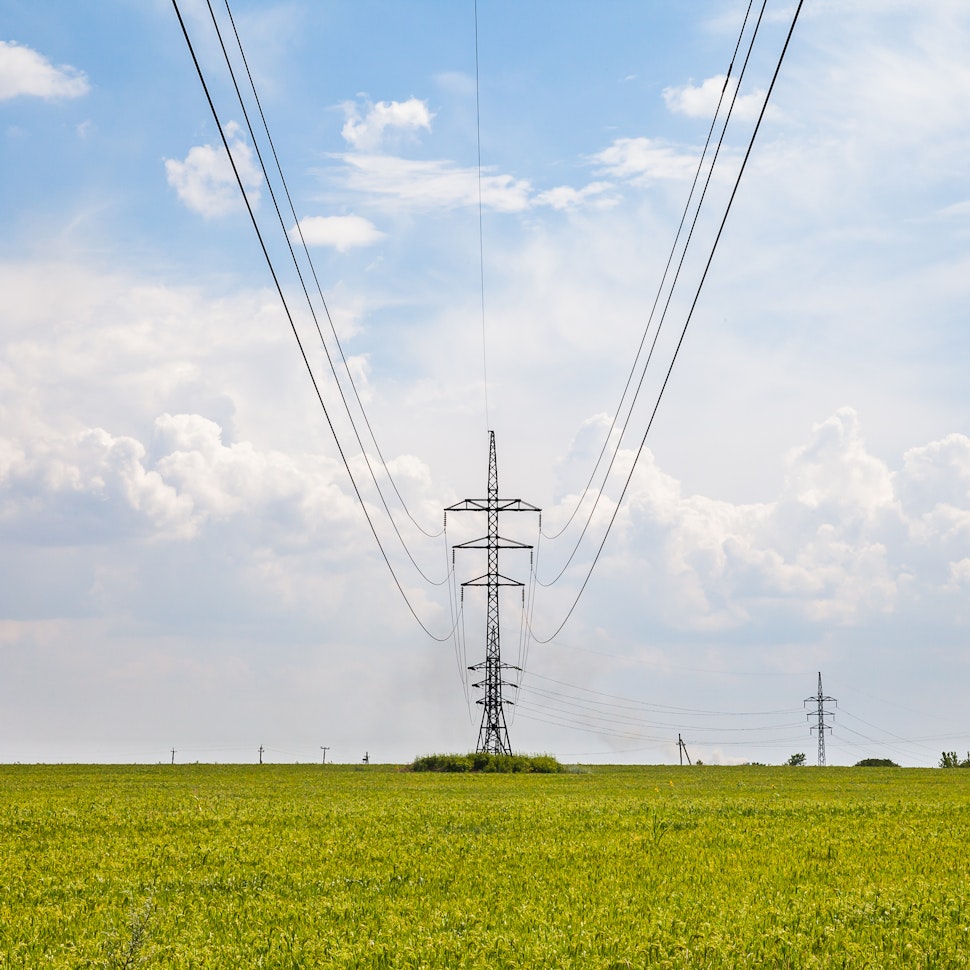
- RatedPower
- Solar energy blog
- Understanding the Iberian blackout: A complex grid failure beyond renewables
 Watch a demo
Watch a demo Ask our AI Product Expert
Ask our AI Product Expert